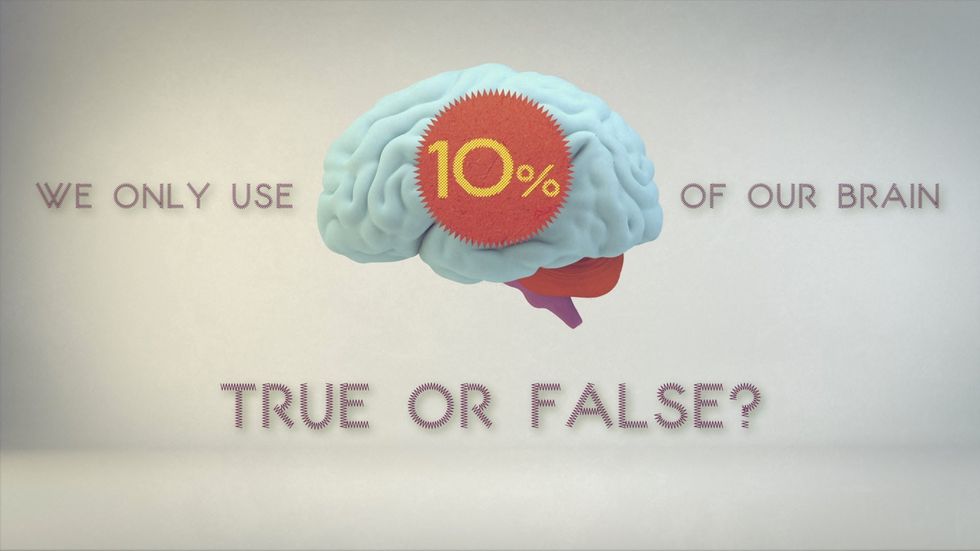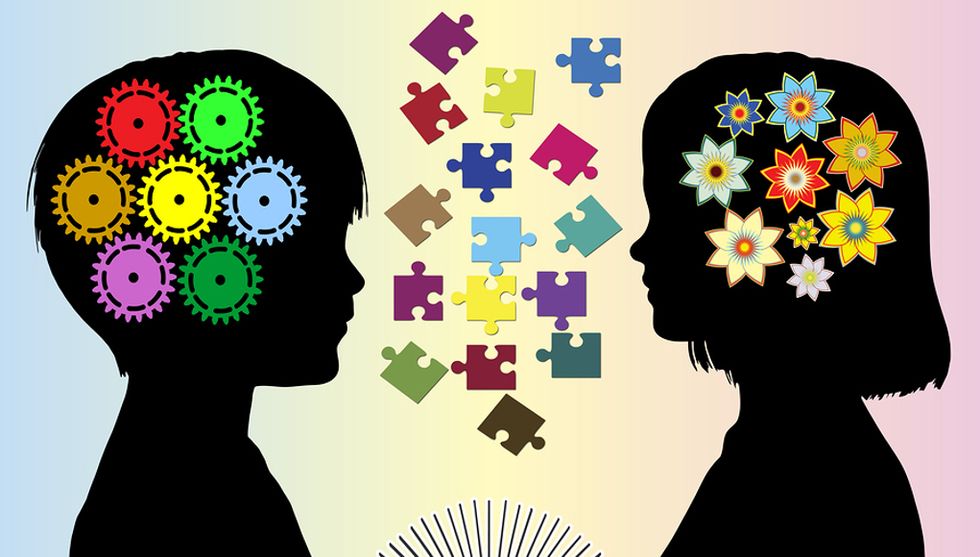From movies to social media posts, popular topics in psychology have gained some serious traction among the general public. Of course, this trend of spreading social science-related knowledge comes with oversimplification and misinformation. To set the record straight, here are some popular psychology myths that aren’t true.
1. We only use 10% of our brains.
Said to have originated from Psychologist William James in his book "The Energies of Men", the 10% myth arose from the comment that humans on average only live up to about 10% of their intellectual potential. Over time, popular movies like “Lucy” alongside numerous books and trending topics have kept the myth alive. In reality, any given individual uses virtually every part of their brain and most of their brain is active at any given point in time.
2. Expressing your feelings is healthier than bottling them up.
Despite the common belief that it's better to “get things off your chest,” decades of scientific research reveals that this isn’t exactly true. Catharsis, or the process of releasing previously held in emotions, can actually increase the intensity of the negative emotions being expressed rather than alleviate them.
3. Opposites Attract.
Whether it’s related to relationships or friendships, the notion that “opposites attract” is a very popular idea. Despite the overwhelming prevalence of this idea in our culture as a whole, there is virtually no truth to this claim. Numerous studies have shown that people who are similar to each other in regards to various personality traits are far more likely to be attracted to each other or spend time together.
4. We all have a specific learning style.
Even though techniques tailored to specific learning styles begin very early on in our education system, they aren’t necessarily based in fact. In reality, teaching to specific styles based on the student’s own preferred learning styles can prevent them from improving on areas where they traditionally fall short. In the end, we learn the best when combining various learning styles together and the correlation between the type of material being taught and the way in which it is presented is far greater than that of any correlation with individual learning style.
In the end, we should all take every piece of information we receive with a grain of salt.























